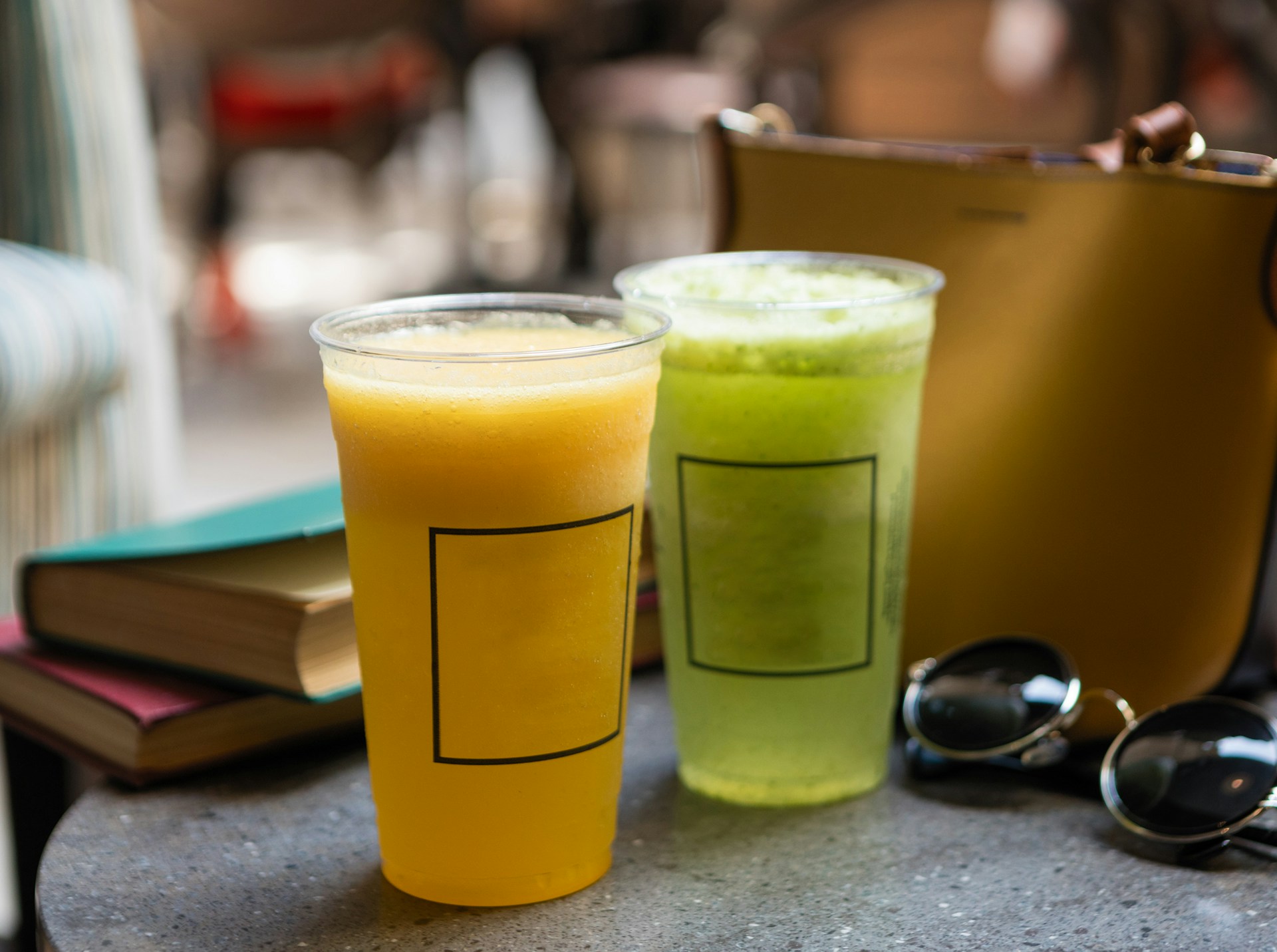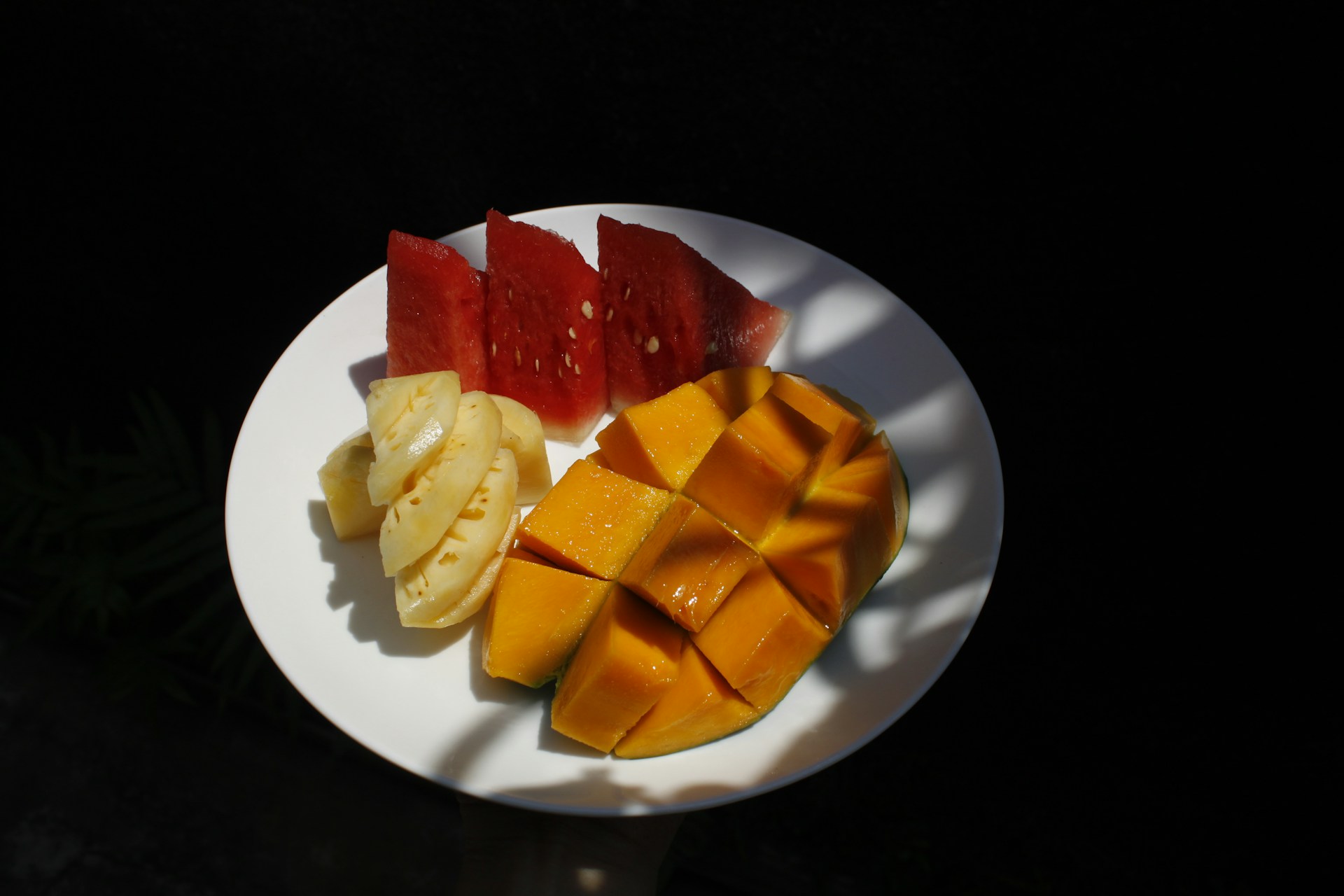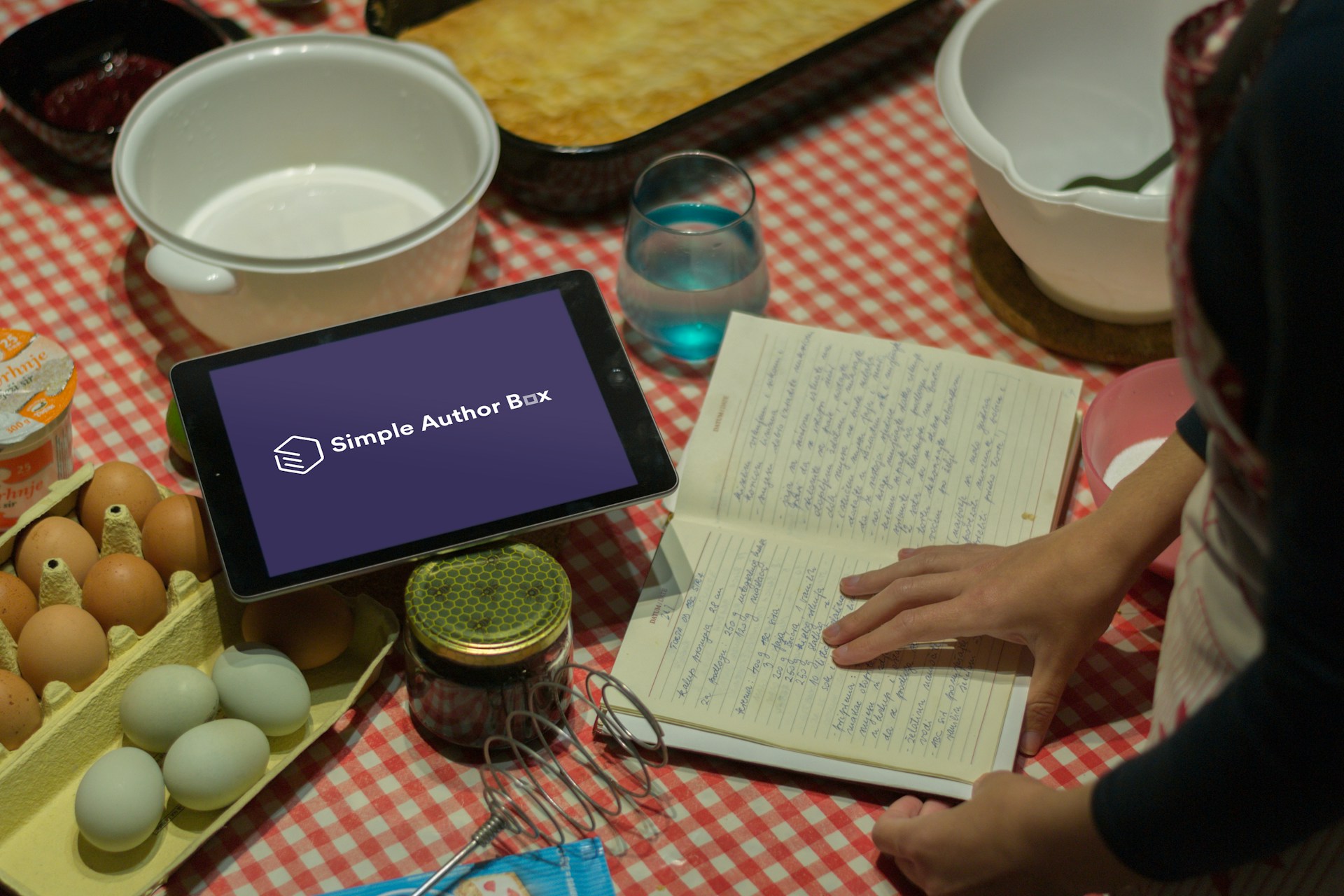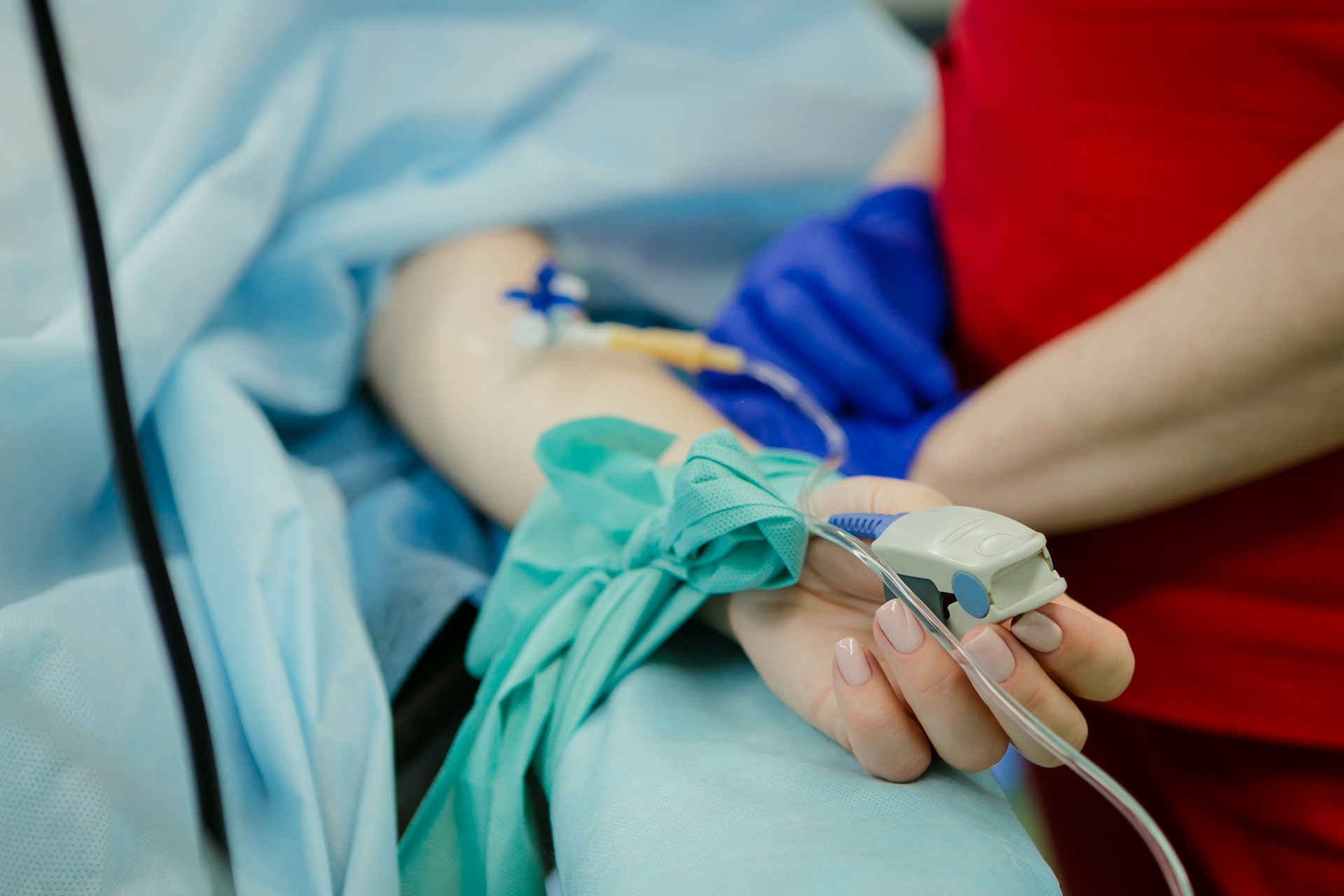Association between the Role of Peers and Social Media Exposure with Level of Sugar-Sweetened Beverages Consumption in Adolescent
Hubungan antara Peran Teman Sebaya dan Paparan Media Sosial dengan Tingkat Konsumsi Minuman Berpemanis pada Remaja

Downloads
Background: Sugar-sweetened beverages, favored by various groups, particularly adolescents, are associated with an increasing risk of obesity and diabetes mellitus. According to preliminary research conducted at SMAN 1 Serang, approximately 60% of students have a high level of sugar-sweetened beverages consumption. Role of peers and social media exposure is considered to have an association with level of sugar-sweetened beverage consumption in adolescents.
Objectives: This research aimed to determine association between role of peers and social media exposure with level of sugar-sweetened beverages consumption in adolescents at SMAN 1 Serang.
Methods: The analytic observational research was carried out using a cross-sectional design. The study population consisted of 1,085 students from classes X and XI, while the sample size comprised 300 students who were selected using stratified random sampling and the data obtained were analyzed with chi-square test. Independent variables were measured with a questionnaire consisting of 13 closed-ended questions, while the dependent variable was measured with a Food Frequency Questionnaire.
Results: The majority of respondents had a high level of sugar-sweetened beverages consumption (54.3%), bad role of peers (55.7%), and exposure to social media (74.0%). Moreover, this research showed the association between the role of peers (p=0.0001) and social media exposure (p=0.037) with level of sugar-sweetened beverages consumption.
Conclusions: This research showed a significant association between role of peers and social media exposure with level of sugar-sweetened beverages consumption in adolescents. Therefore, forming peer groups and using social media were expected to increase students' awareness, causing a substantial reduction in beverages consumption.
Dahal, S., Sah, R. B., Niraula, S. R., Karkee, R. & Chakravartty, A. Prevalence and determinants of non-communicable disease risk factors among adult population of Kathmandu. PLoS One 16, (2021).
Malik, V. S. & Hu, F. B. The role of sugar-sweetened beverages in the global epidemics of obesity and chronic diseases. Nature Reviews Endocrinology vol. 18 205–218 (2022).
Akhter, N. et al. Risk factors for non-communicable diseases related to obesity among first- and second-generation Bangladeshi migrants living in north-east or south-east England. Int. J. Obes. 2021 457 45, 1588–1598 (2021).
Fanda, R. et al. CHPM Policy Brief: Tackling High Consumption of Sugar Sweetened Beverages (SSB) In Indonesia. (2020).
Kementerian Kesehatan RI. Hasil Utama Riskesdas 2018. (2019). Available at https://kesmas.kemkes.go.id/assets/upload/dir_519d41d8cd98f00/files/Hasil-riskesdas-2018_1274.pdf (Accessed: 25th January 2019).
Kementerian Kesehatan RI. Laporan Provinsi Banten Riskesdas 2018. (2019). Available at http://ejournal2.litbang.kemkes.go.id/index.php/lpb/issue/view/229 (Accessed: 25th January 2019).
Masri, E. Faktor Determinan Konsumsi Minuman Berkalori Tinggi pada Mahasiswa. Sci. J. Farm. dan Kesehat. 8, 53 (2018).
Cahyaningrum, C. A. Hubungan Konsumsi Minuman Berpemanis dengan Status Antropometri dan Tingkat Kecukupan Zat Gizi Mikro pada Remaja Putri (Studi di SMA Islam Hidayatullah Kota Semarang). (Universitas Diponegoro, 2019).
Ali, M. & Asrori, M. Psikologi remaja : perkembangan peserta didik. (Bumi Aksara, 2014).
Pamarta, D., Suminah & Sumardiyono. Relationship between Peer Influence and Consumption of Sugar-Sweetened Beverages in Adolescents. Int. J. Hum. Heal. Sci. 06, 289–291 (2022).
Gascoyne, C., Scully, M., Wakefield, M. & Morley, B. Food and drink marketing on social media and dietary intake in Australian adolescents: Findings from a cross-sectional survey. Appetite 166, 105431 (2021).
Fatikasari, K. Z. Hubungan Pengaruh Paparan Media Sosial dan Faktor Lainnya dengan Konsumsi Sugar-Sweetened Beverages (SSBs) pada Siswa SMAN 25 Jakarta Tahun 2020. (Universitas Indonesia, 2020).
Wattelez, G. et al. Sugar-Sweetened Beverage Consumption and Associated Factors in School-Going Adolescents of New Caledonia. Nutrients 11, 452 (2019).
Gan, W. Y., Mohamed, S. F. & Law, L. S. Unhealthy Lifestyle Associated with Higher Intake of Sugar-Sweetened Beverages among Malaysian School-Aged Adolescents. Int. J. Environ. Res. Public Health 16, (2019).
Gui, Z. H. et al. Sugar-sweetened beverage consumption and risks of obesity and hypertension in Chinese Children and adolescents: A national cross-sectional analysis. Nutrients 9, 1–14 (2017).
Zahid, A., Davey, C. & Reicks, M. Beverage intake among children: Associations with parent and home-related factors. Int. J. Environ. Res. Public Health 14, (2017).
Latif, N. A., Sofiatin, Y., Kusumawati, M. & Roesli, R. M. A. Sweet Taste Threshold among Medical Students with Family History of Diabetes Mellitus. Althea Med. J. 7, 165–169 (2020).
Francisca, Sri Palupi, N. & Nur Faridah, D. Persepsi Konsumen Dalam Menentukan Keputusan Pembelian Produk Minuman dengan Klaim Kurang Gula. J. Mutu Pangan 3, 50–57 (2016).
Bruening, M. et al. Associations Between Sugar-Sweetened Beverage Consumption and Fast-Food Restaurant Frequency Among Adolescents and Their Friends. J. Nutr. Educ. Behav. 46, 277–285 (2014).
Ina, N., Ca, Z., Fanani, M. & Ardyanto, T. D. The Association Between Peers Influence and Sweets Consumption Pattern in Adolescent Girls. in 1 st International Conference of Nutrition ( ICoN ) 4–9 (2020).
Wang, C. W., Chen, D. R., Chan, C. C., Yeh, Y. P. & Chen, H. H. ‘I Knew I Should Stop, but I Couldn’t Control Myself’: A qualitative study to explore the factors influencing adolescents’ consumption of sugar-sweetened beverages and sugary snacks from a socio-ecological perspective. Public Health Nutr. 25, 2465–2474 (2022).
Brown, J. E. et al. Nutrition Through the Life Cycle. (Cengage Learning, 2017).
Chung, A. et al. Adolescent peer influence on eating behaviors via social media: Scoping review. J. Med. Internet Res. 23, 1–12 (2021).
Fleming-Milici, F. & Harris, J. L. Adolescents’ engagement with unhealthy food and beverage brands on social media. Appetite 146, 1–8 (2020).
Kucharczuk, A. J., Oliver, T. L. & Dowdell, E. B. Social media’s influence on adolescents′ food choices: A mixed studies systematic literature review. Appetite 168, 105765 (2022).
Kamarudzaman, F. K., Shamsul, F. S., Abidin, I. H. Z. & Usman, S. B. Social Media Influences Towards Consumer Eating Behaviour: A Systematic Review. Insight J. 9, 10–20 (2022).
Sari, N. W., Djokosujono, K., Utari, D. M. & Rohayati, N. Availability of Sugar-Sweetened Beverages at Home as The Dominant Factor Related to Its Consumption Among Students of SMAN (State High School) 47 Jakarta, Indonesia, in 2022. Indones. J. Public Heal. Nutr. 3, 32–42 (2022).
Copyright (c) 2024 Amerta Nutrition

This work is licensed under a Creative Commons Attribution-ShareAlike 4.0 International License.
AMERTA NUTR by Unair is licensed under a Creative Commons Attribution-ShareAlike 4.0 International License.
1. The journal allows the author to hold the copyright of the article without restrictions.
2. The journal allows the author(s) to retain publishing rights without restrictions
3. The legal formal aspect of journal publication accessibility refers to Creative Commons Attribution Share-Alike (CC BY-SA).
4. The Creative Commons Attribution Share-Alike (CC BY-SA) license allows re-distribution and re-use of a licensed work on the conditions that the creator is appropriately credited and that any derivative work is made available under "the same, similar or a compatible license”. Other than the conditions mentioned above, the editorial board is not responsible for copyright violation.












































